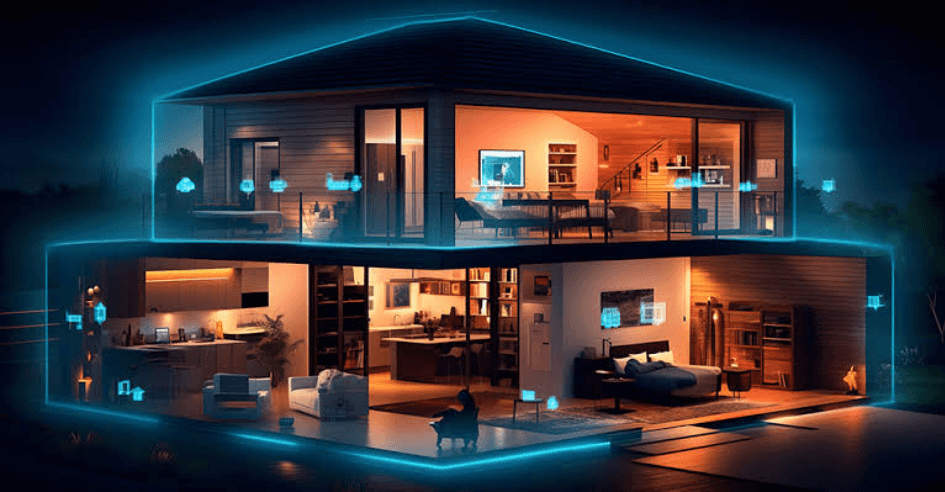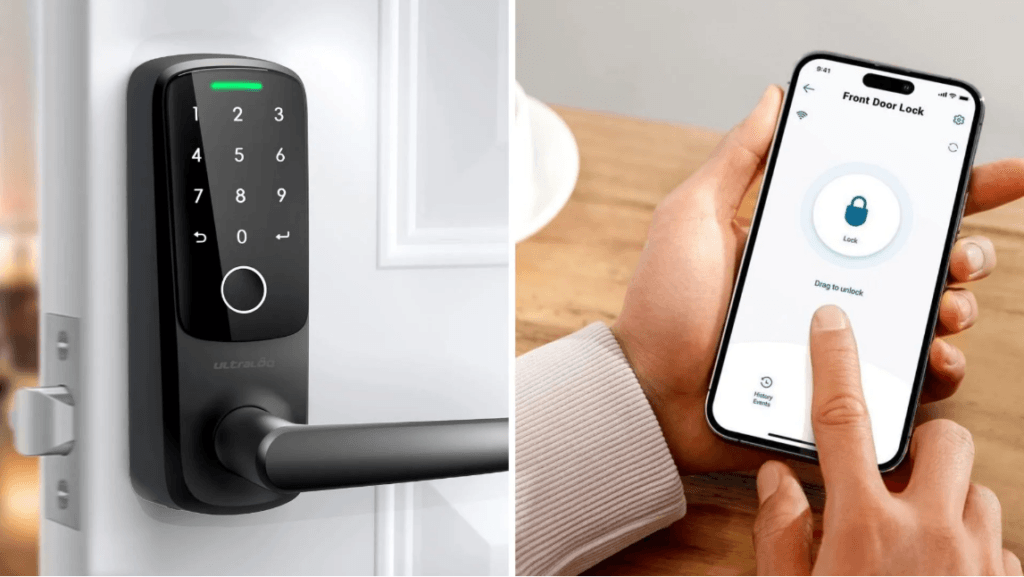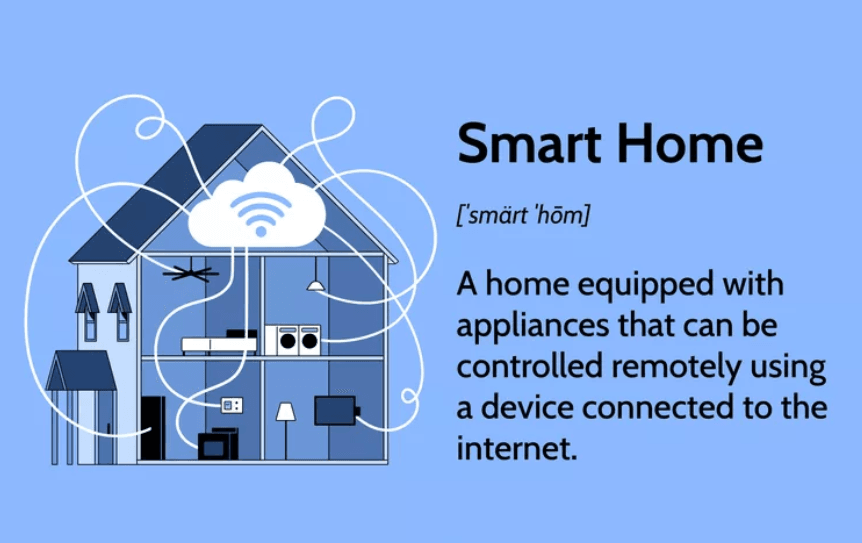
Smart Home Automation: A New Era of Modern Living
In today’s rapidly advancing world, technology is transforming the way we live, work, and interact with our surroundings. One of the most revolutionary innovations in recent years is smart home automation, which is redefining convenience, security, and efficiency within our homes.
Imagine walking into your home after a long day, and the lights automatically turn on to a warm, cozy ambiance. The thermostat adjusts itself to your preferred temperature, and your favorite playlist starts playing in the background—all without lifting a finger. This is the magic of smart home technology, where everyday tasks are automated to create a seamless, intelligent, and energy-efficient living environment.
But what exactly is smart home automation, and how does it work? What are its benefits, and what devices are essential for building a smart home? And most importantly, how much does it cost to automate your home?
In this detailed guide, we will explore everything you need to know about smart home automation—from its fundamental concepts to its real-world applications.
What is Smart Home Automation?
Smart home automation, also known as “domotics,” refers to the use of technology to monitor, control, and automate various home functions such as lighting, climate, security, entertainment, and appliances. These systems operate through interconnected devices that communicate with each other, often controlled via a central hub, smartphone app, or voice assistant like Google Assistant, Amazon Alexa, or Apple Siri.
The goal of smart home automation is to provide greater comfort, efficiency, and security while reducing manual effort. Whether it’s adjusting the lights automatically based on the time of day, locking doors remotely, or setting your coffee machine to start brewing in the morning—automation brings convenience to every aspect of daily life
Essential Smart Home Devices
Smart homes consist of various automated devices that serve different purposes. Here are some of the most popular categories of smart home devices:
1. Smart Lighting Systems
💡 Smart Bulbs & LED Strips – Change colors, adjust brightness, and control remotely.
💡 Smart Switches & Dimmers – Automate lighting based on schedules or motion sensors.
💡 Energy-Efficient Features – Reduce electricity costs by optimizing light usage.
2. Smart Thermostats & Climate Control
🌡️ Smart Thermostats (e.g., Nest, Ecobee) – Learn your temperature preferences and adjust automatically.
🌡️ Smart Air Conditioners & Heaters – Control remotely and integrate with AI-based temperature control.
🌡️ Energy Efficiency – Save energy by optimizing heating and cooling based on occupancy.
3. Smart Security & Surveillance Systems
🔒 Smart Door Locks – Lock and unlock doors remotely using a smartphone.
📹 Smart Cameras & Doorbells (e.g., Ring, Arlo) – Monitor live video feeds and detect motion.
🚨 Smart Alarm Systems & Sensors – Receive alerts for unusual activity or break-ins.

4. Smart Entertainment & Media
🎶 Smart Speakers (Amazon Echo, Google Nest, Apple HomePod) – Play music, control devices, and respond to voice commands.
📺 Smart TVs & Streaming Devices (Apple TV, Roku, Chromecast) – Control your TV with voice commands and integrate with other smart home features.
🎮 Home Theater Automation – Set up a fully automated entertainment system with voice-controlled movie nights.
5. Smart Appliances & Kitchen Devices
🍳 Smart Coffee Makers & Ovens – Start brewing coffee or preheat the oven with a voice command.
🍽️ Smart Refrigerators – Keep track of groceries, suggest recipes, and adjust cooling based on content.
🧺 Smart Washing Machines & Dishwashers – Control wash cycles remotely and receive notifications when finished.
How Does a Smart Home Work?
A smart home system consists of multiple internet-connected devices that communicate using wireless protocols like Wi-Fi, Bluetooth, Zigbee, or Z-Wave. These devices are typically controlled through:
✅ A Central Hub – A smart hub (like Samsung SmartThings, Apple HomeKit, or Amazon Echo) connects all smart devices and allows seamless integration.
✅ Smartphone Apps – Most smart home systems can be managed via apps, offering remote control from anywhere.
✅ Voice Assistants – Devices like Google Home or Amazon Echo allow voice-controlled automation.
✅ Automation & AI – Many smart home systems use AI-powered automation, learning user behavior and preferences to optimize settings.

Smart home automation works through three core principles:
1. Interconnectivity
- All smart devices communicate with each other through a central system.
- Example: A motion sensor detects movement and turns on the hallway lights automatically.
2. Remote Control & Monitoring
- Users can control their home systems from anywhere in the world via a smartphone.
- Example: Locking/unlocking doors remotely or checking security camera footage in real-time.
3. Automation & Customization
Example: The thermostat adjusts itself based on outdoor weather conditions.
Devices can perform actions automatically based on set schedules or conditions.
✅ Key Working Principles of a Smart Home:
- Interconnection – Smart devices are connected through a central hub or internet.
- Remote Control – Devices can be controlled using a smartphone or voice commands.
- Automation – Specific actions can be automated based on schedules or sensors.
- Sensors & Data Analysis – Sensors collect data and make intelligent decisions.
Popular Smart Home Devices
1. Smart Lighting Systems
✔ Smart bulbs and switches that can be controlled via mobile apps or voice commands.
✔ Features like color changing, dimming, and scheduling.
2. Smart Thermostats
✔ Automatically adjusts home temperature for comfort and energy savings.
✔ Can be controlled remotely via a smartphone app.
3. Smart Security Systems
✔ Includes smart doorbell cameras, CCTV, motion sensors, and smart locks.
✔ Allows remote monitoring and enhanced security.
4. Smart Speakers & Voice Assistants
✔ Devices like Google Home, Amazon Echo, or Apple HomePod allow voice-controlled automation.
5. Smart Home Appliances
✔ Smart refrigerators, ovens, and washing machines operate automatically based on set programs.
Benefits of a Smart Home
✅ Convenience – Control all home functions with a smartphone or voice commands.
✅ Enhanced Security – Smart locks, cameras, and sensors ensure a safer home.
✅ Energy Efficiency – Smart devices help reduce electricity consumption.
✅ Automation – Devices perform actions based on schedules or user preferences.
How Much Does a Smart Home Setup Cost?
The cost of setting up a smart home depends on the number of devices used. Here’s an estimate:
📌 Basic Smart Home (for 1-2 rooms) – $1,500 to $3,000
📌 Mid-Range Smart Home (for medium-sized homes) – $3,000 to $5,000
📌 Advanced Smart Home (full home automation) – $6,000 or more
Things to Consider Before Setting Up a Smart Home
🔹 Identify Your Needs – Determine which smart devices are necessary.
🔹 Plan Your Budget – Consider upgrading in phases rather than all at once.
🔹 Ensure Security & Privacy – Protect your smart devices and data.
🔹 Check Compatibility – Make sure all devices work on the same platform.
Final Thoughts
Smart home technology is revolutionizing modern living by making our homes more efficient, secure, and convenient. While it offers numerous benefits, it’s essential to research thoroughly before investing in a smart home system to ensure you choose the right devices for your needs.






good project .
Some times its a pain in the ass to read what website owners wrote but this internet site is very user genial! .